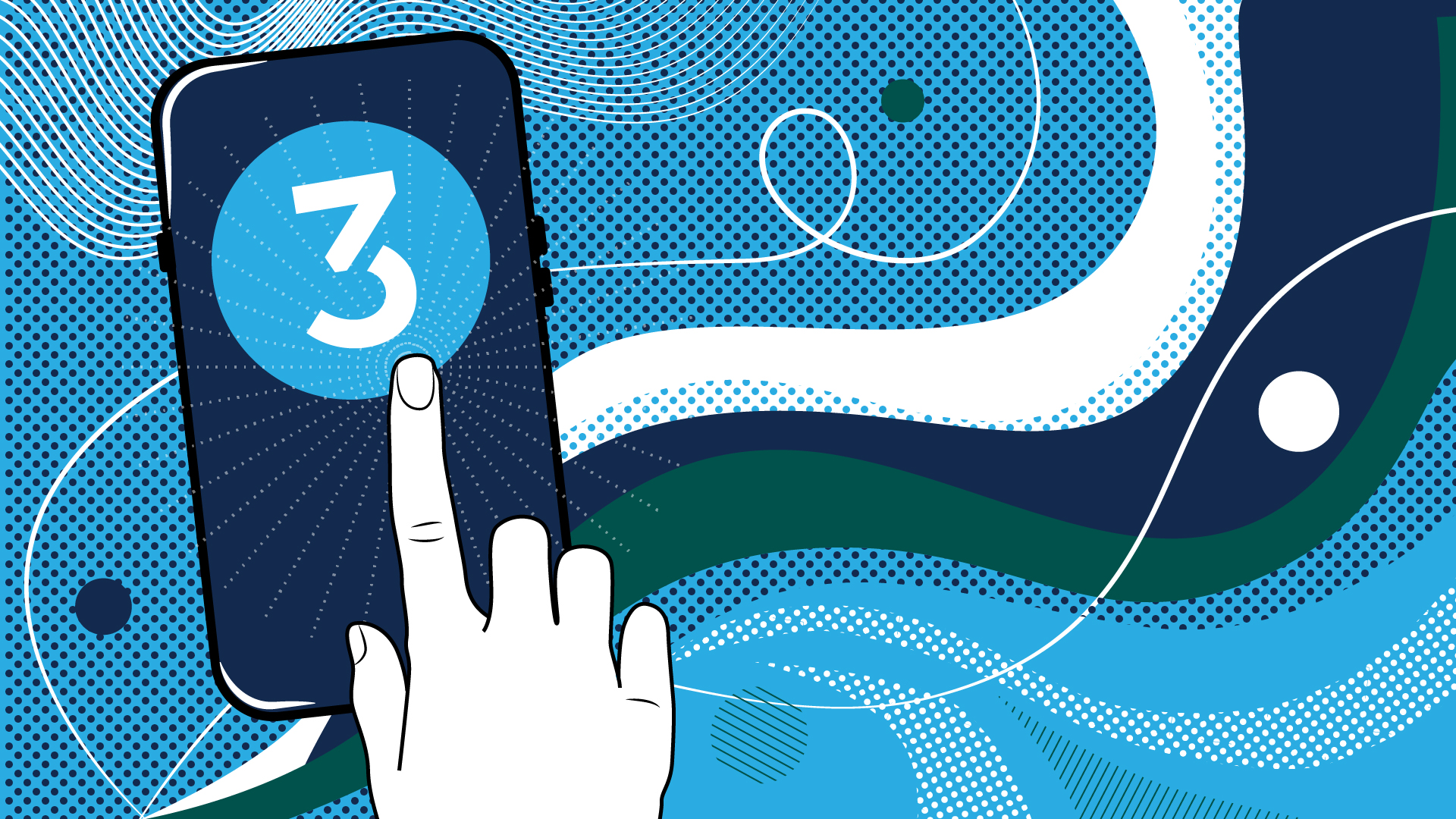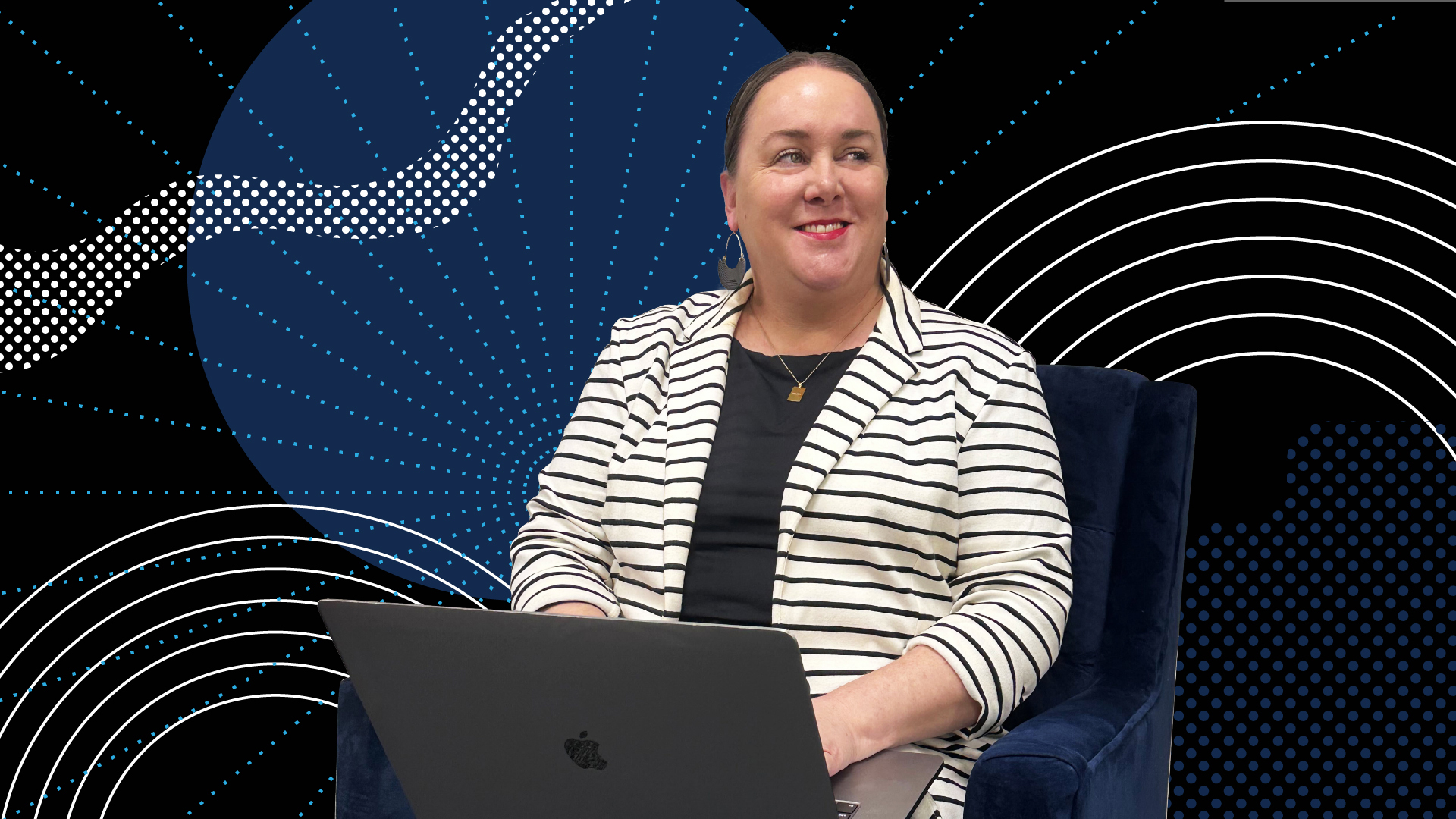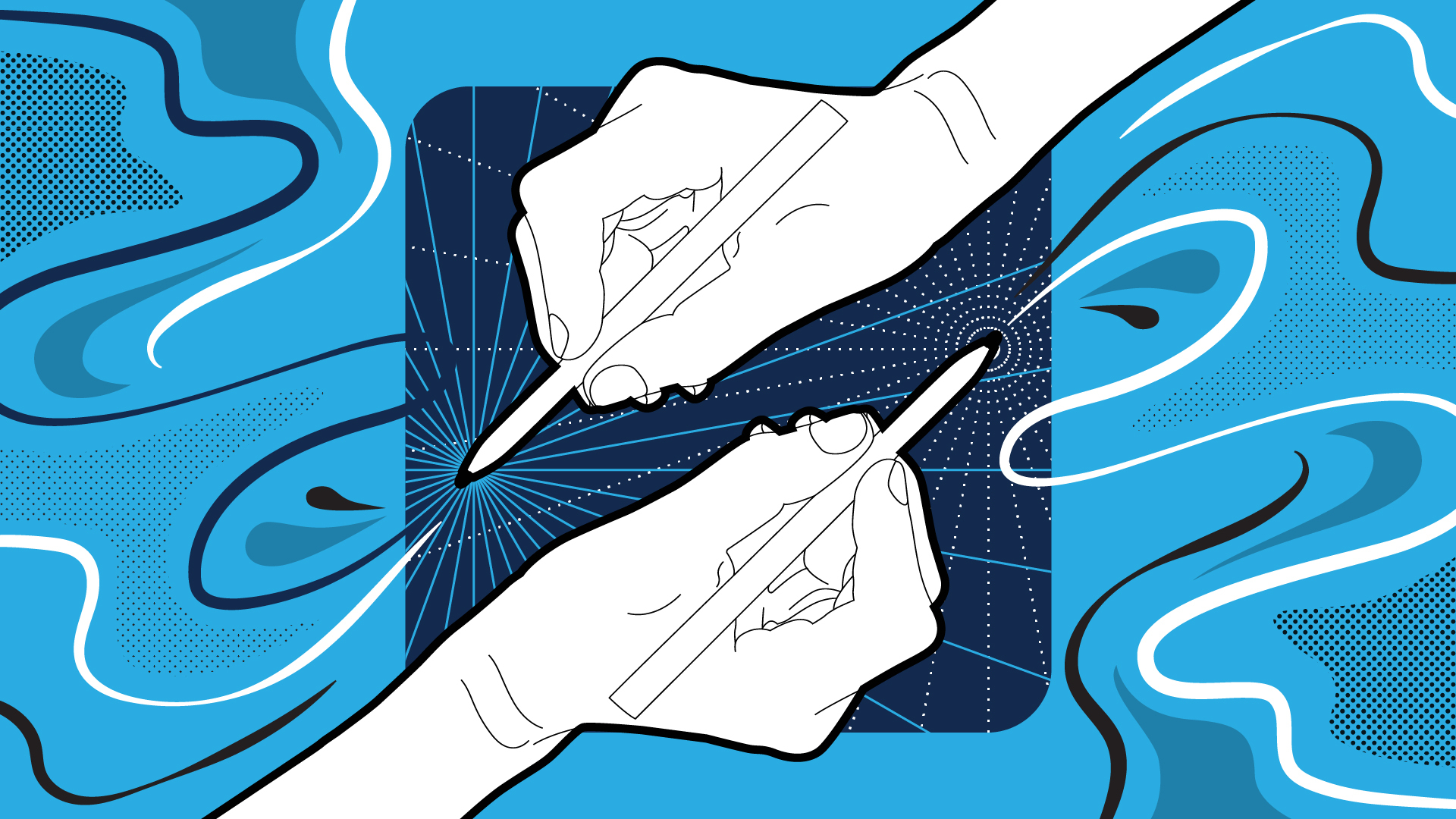We’ve identified some key opportunities for organizations to take advantage of:
- Centering around workers’ voices. Have conversations with your actual end-users to learn how the marketplace does and does not work for them and what they’d need to be successful.
- Close the gap between the end-user and the innovator. Build solutions right next to the person the solution is for to make sure it works. And if you’re already in progress, include them in the iteration.
- Even if the term “DEI” is on a downward trend, the idea has big payoffs. We see this happen with initiatives outside of workforce development. When diversity and belonging are the tenets of a project, that work is more likely to reflect the community it’s for.
As we all know, COVID-19 and its consequences shook the dust off of age-old problems for higher education, K-12, and workforce development. Lack of administrative diversity, rising costs, inaccessibility to food and housing, and the dire need for middle-skills learning and working always existed, but now they are competing as top workforce issues.
And what we can’t do is continue to intend to solve the problems. While good intentions are foundational, the impact will tell the story. Right now, the story I watch unfold for higher education and workforce development is a lack of integration.
If we could wave a magic wand and translate intention to impact in the next 45 days, here’s how we’d tackle what we face right now and what lies ahead for education and workforce development:
- Build partnerships within your community that actualize the future students want to be a part of. We must engage the workforce development board, nonprofits, the PTA, the student body, the faculty, and the employers in solving your region’s problems. We need all parts of the ecosystem to align to build a model for student success.
- Study the industries just outside of your bubble. A session I attended on direct-to-consumer thinking for higher education hit the nail: Analogous sectors offer great insight into what could happen to education if we tried to do something different.
- Build your marketing and communications with group dynamics in mind. Today’s learner could be a 16-year-old interested in a pre-apprenticeship, a high school graduate looking to transfer, or a 36-year-old, stay-at-home parent wanting to upskill. What unites these groups is their decision-making system — the people they are influenced by and who will ultimately benefit from their re-enrollment in school.
- Start earlier than you think you should. The rate of change is so fast that 11-year-olds now consider what it looks like to be a tech entrepreneur. And the jobs that will be required for our economies to thrive will continue to iterate as we see global systems shift, technology push ahead, and policy influence how we tackle “the new normal.” To keep up, start now. Start where you are.




